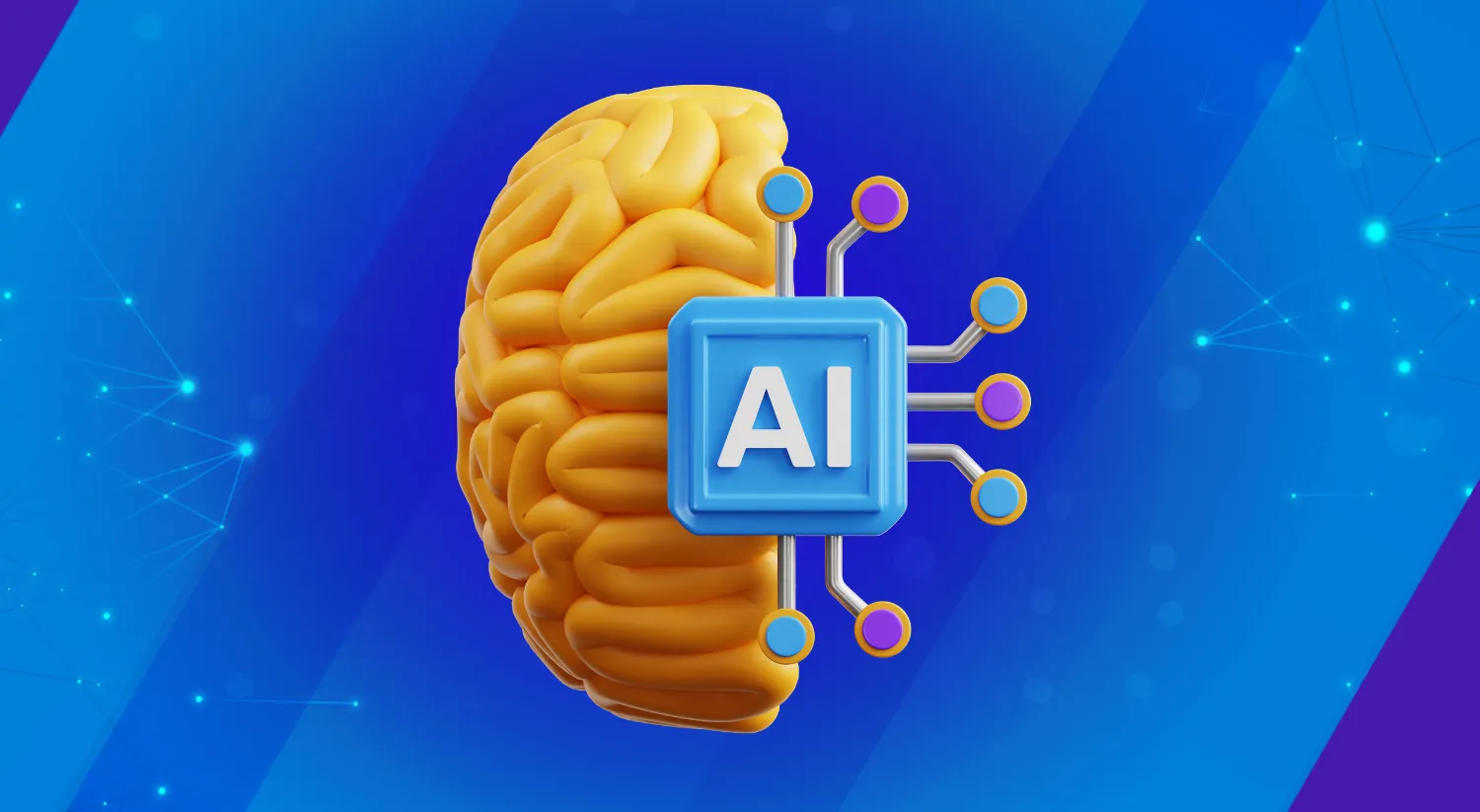
In a world where educational technology is advancing by leaps and bounds, it is no surprise that artificial intelligence is revolutionizing the way we learn languages.
The combination of machine learning in education and AI in language teaching has opened up a range of exciting possibilities and, at the same time, poses challenges that we must face to make the most of this innovation.
What is Artificial Intelligence in Language Teaching?
Artificial intelligence (AI) in language teaching refers to the use of algorithms and computer systems to facilitate the process of learning a new language.
From mobile apps to online platforms, AI has been integrated into a variety of tools designed to help students improve their language skills efficiently and effectively.
Advances in AI and its challenges in language learning
Artificial intelligence (AI) is radically transforming the way we learn languages. With the emergence of AI-powered apps and platforms, students have access to innovative tools that personalize learning to their individual needs.
These tools use machine learning algorithms to analyze student progress and deliver tailored content, from grammar exercises to conversation practice.
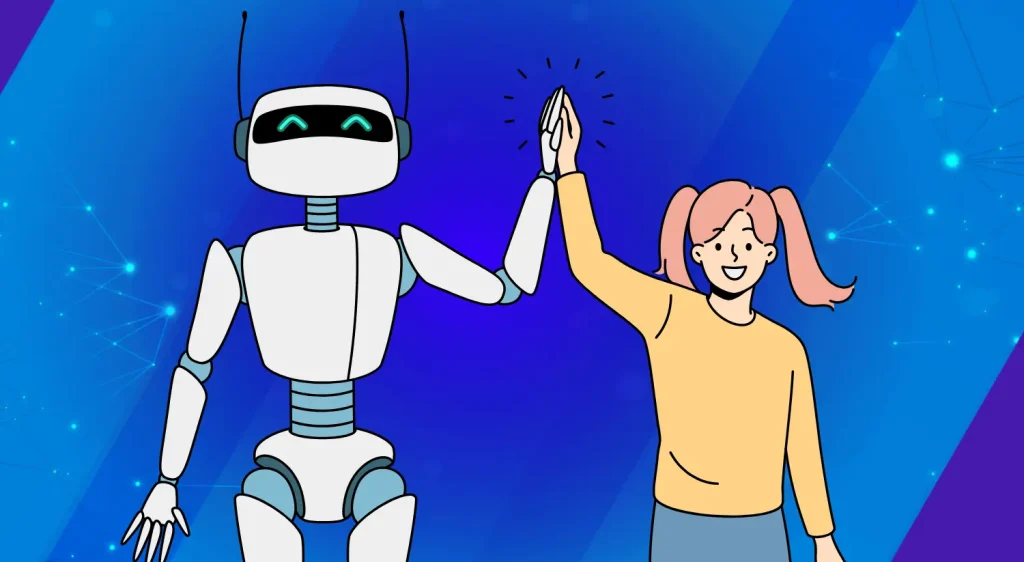
Additionally, AI-powered translation has significantly improved in accuracy and speed. Apps like Talkao Translate allow users to instantly translate between multiple languages with just a few clicks, making multilingual communication easier.
Artificial Intelligence offers unprecedented potential to improve the language learning process, providing students with personalized and efficient tools.
Positive Perspectives of AI in Language Teaching
One of the main advantages of AI in language teaching is its ability to personalize learning. Through data analysis and machine learning, AI systems can adapt digital learning platforms, content and activities based on the needs and preferences of each student.
This allows for a more individualized and effective approach to improving language skills.
In addition, AI has also enabled the development of more accurate and faster real-time translation tools. With apps like Talkao Translate, users can access instant translations in multiple languages with just a few clicks.
This facilitates communication in multilingual environments and expands opportunities for interaction and learning.
AI in language teaching opens the doors to global communication without barriers
Challenges and Future Challenges
Despite advances in AI applied to language teaching, there are still important challenges that we must overcome. One of the main challenges is to guarantee the quality and accuracy of the content generated by AI.
While AI systems can be effective in providing feedback and practice exercises, there are still areas where human intervention is necessary to correct errors and provide high-quality teaching.
Another important challenge is ensuring that AI in language teaching is accessible to everyone. As we move towards an increasingly digitalized future, it is crucial to ensure that all people, regardless of their geographic location or socioeconomic status, have access to AI language learning apps.
This will require investment in technological infrastructure and digital literacy programs around the world.
How Long Is It Possible to Learn a Language with Artificial Intelligence?
With the help of artificial intelligence (AI), learning a new language can be more efficient than ever.
Although the time required to master a language varies depending on various factors, such as the complexity of the language, the level of dedication of the learner, and the quality of the AI tools used, many people have managed to acquire significant language skills in a relatively short period of time.
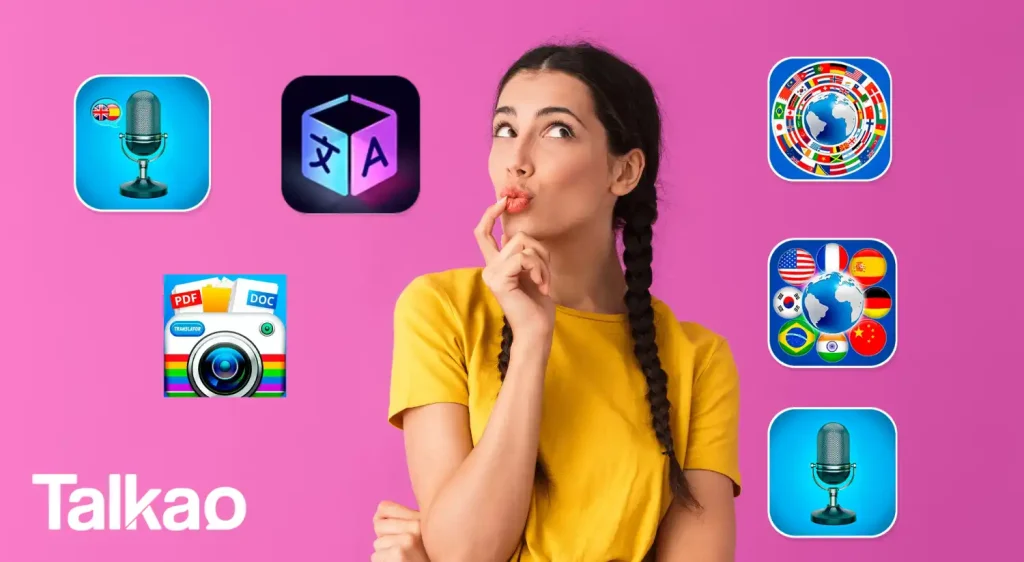
Thanks to AI applications and platforms designed specifically for language learning, users can benefit from a personalized approach tailored to their individual needs.
These tools use machine learning algorithms to identify areas for improvement and provide relevant content, speeding up the learning process.
On average, some people have reported significant gains in their language proficiency in just a few months of consistent use of AI tools.
However, it is important to keep in mind that learning a language is an ongoing process and that completing mastery can take years of constant practice and exposure to the language in real-world contexts.
Ultimately, the time needed to learn a language with AI depends largely on the commitment and dedication of the student.
“The journey to mastering a language with AI begins with small daily steps, but constant dedication is the key to achieving the desired fluency.”
In conclusion, the integration of technology in education and artificial intelligence in language teaching offers exciting opportunities to improve the learning process and promote intercultural global communication.
However, it also poses challenges that we must proactively address to ensure that everyone can benefit from this innovation in education.
With a collaborative approach and a continued commitment to educational excellence, we can fully realize the potential of AI in language teaching and prepare for a multilingual and globalized future.
Visit our website for more information and begin your journey towards mastering languages with the best and most advanced technology.
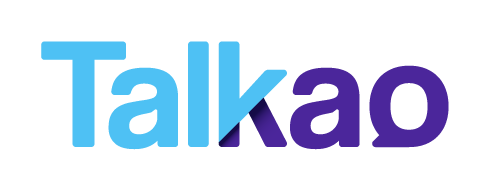
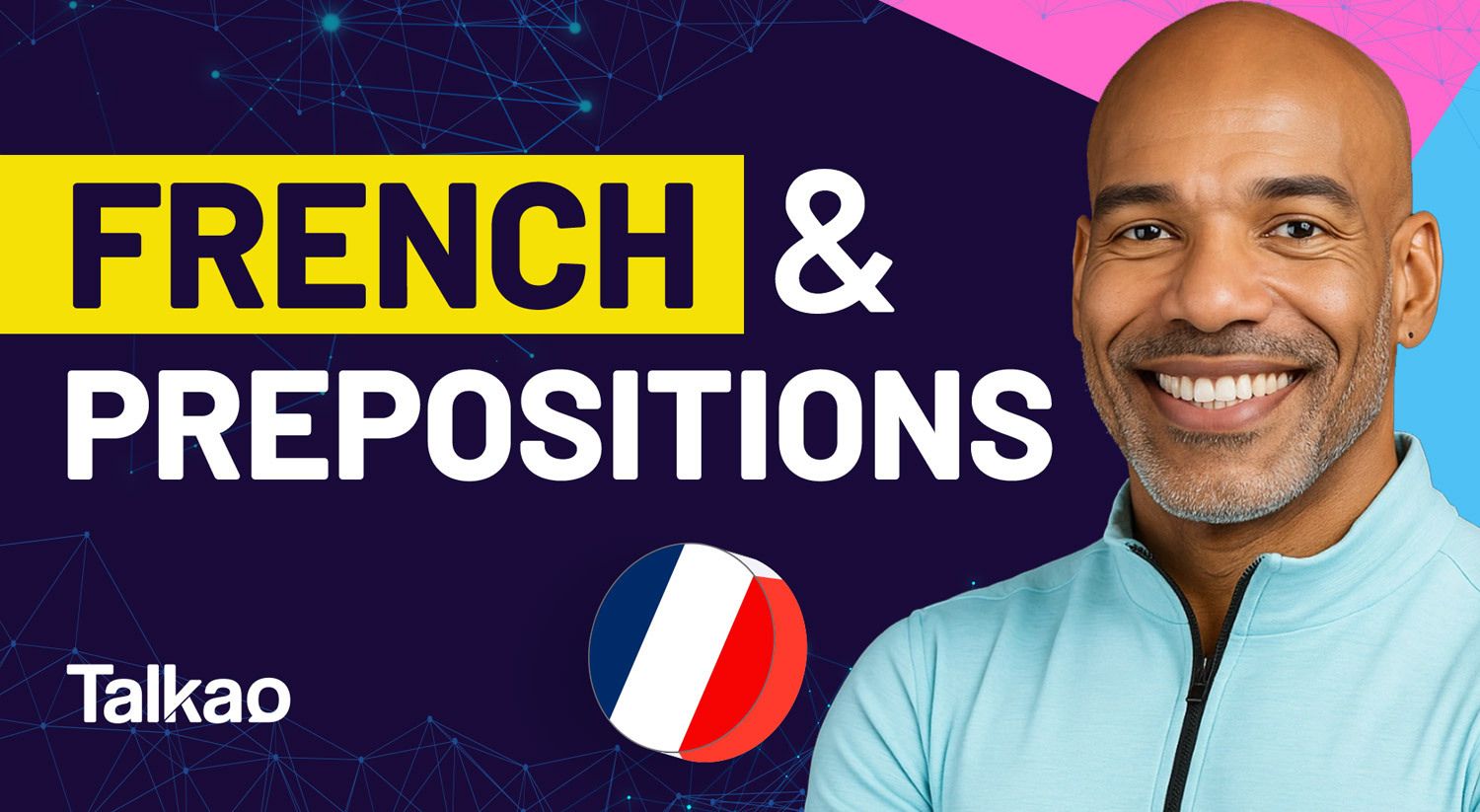

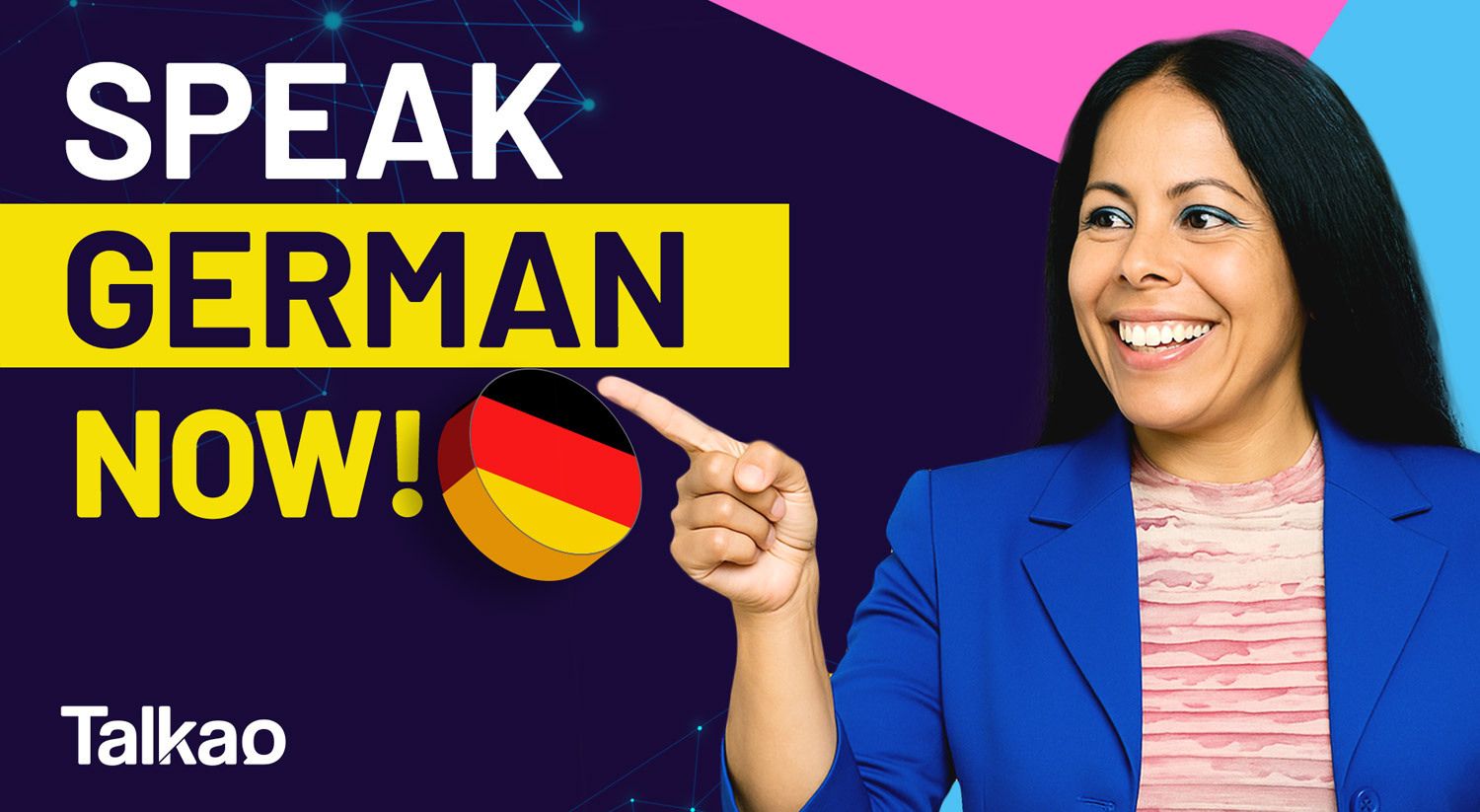





Newsletter